Mangoes are deliciously sweet and somewhat acidic — on the pH scale, they’re quite near to neutral. They are just the perfect fruit to enjoy as a healthy snack and they can be consumed in an endless number of variations in all kinds of dishes.
But although they are healthy, it’s best to consume them in moderation. Let’s look at why.
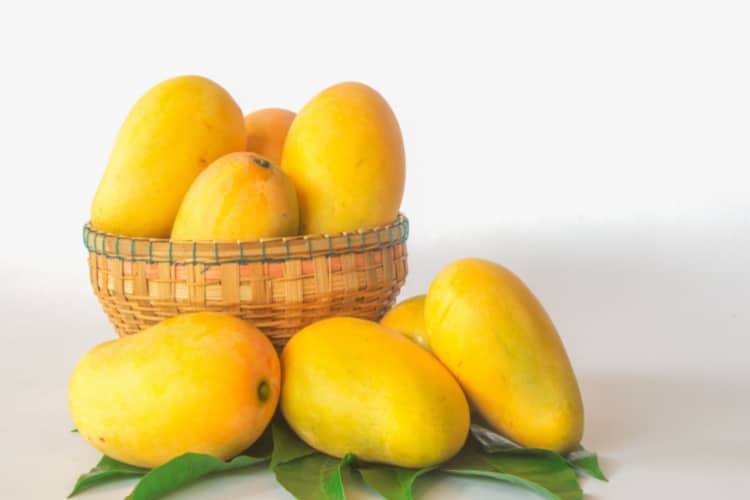
pH Values of Mangoes
Green mangoes have a pH of 3.40 — 4.80 pH, whereas ripe mangoes have a pH of 5.80 — 6.00 pH. These fruits are very close to neutral, and while acidic, they are not as acidic as other fruits, for example, strawberries or blueberries.
Acidity is measured in pH, which stands for hydrogen potential or pH scale and ranges from 0 to 14. Seven is the neutral point for acidity — anything below seven is considered acidic, while anything over symbolizes alkaline.
The acid in our stomach has an incredibly high pH of roughly 2. Luckily, the body produces enzymes and mucus to protect itself from the impact of this acid.
However, if we eat too many acidic foods and even somewhat acidic fruits like mangoes not in moderation, that shield will weaken, making our bodies more prone to heartburn, acid reflux, and ulcers.
The acidity of mangoes, in particular, is caused by the presence of malic, citric, oleic, and tartaric acids.
Are Dried Mangoes Acidic?
Dried mangoes have a greater acidity than fresh ones, with a pH value of 3.17 — 3.68.
Dried mango becomes more acidic after being treated with citric acid prior to drying. It’s also higher in sugar content. Although sugar, with a pH of 7, is not acidic, it thickens the mucous membrane layer in the gut, potentially leading to severe indigestion.
This should not discourage you from consuming these dried fruits in moderation. Dried mango is high in B-complex, and its fiber content aids digestion and helps our body maintain a healthy weight, good skin, and a strong immunity system.
Are Frozen Mangoes Acidic?
The pH level of frozen mangoes decreases with the process of freezing; however, this change is almost insignificant. A study published in the LWT Food Science and Technology journal in 2010 shows that the total acidity readings of the fruit were rather stable after freezing.
The total pH range of a frozen ripe mango will basically be the same as that of fresh mango.
Plus, frozen mangoes last longer, according to the Food and Drug Administration (FDA), and if properly stored, they may retain all of the nutritional value of fresh mangoes.
Do Mangoes Cause Acid Reflux & GERD?
As these tropical fruits are close to neutral on the pH scale, they won’t increase acid reflux or GERD, unlike many other fruits that do so because of their high acidity levels.
If you consume a few slices of green or ripe mango, like 1 or 2, it will help with digestion and acid reflux. Just to be safe, if you are actively managing acid reflux or GERD, avoid dried mangoes because they are the most acidic variety.
Mango Smoothies for Heartburn
With proper ingredients, a mango smoothie can help restore the natural pH in your body. The key is pairing it with alkaline and/or close to neutral foods — and of course, recipes that are easy to make.
Mango Peanut Butter Smoothie
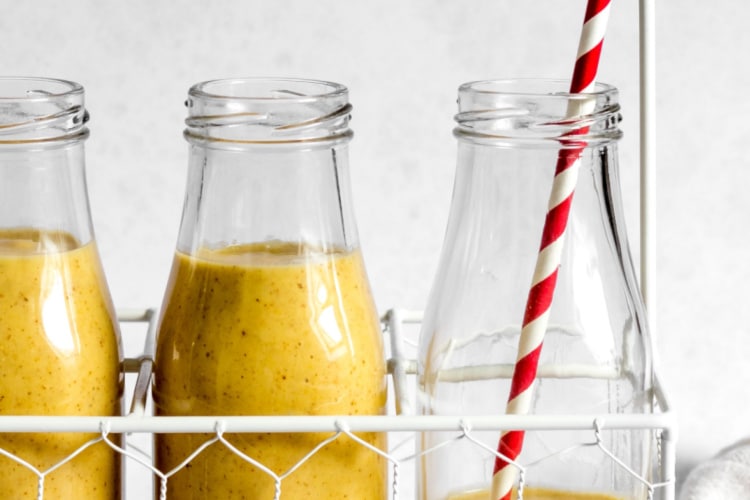
Introducing a smoothie made with frozen mangoes — ideal to cool you off during hot summer days.
Ingredients:
- 1 cup silk almond milk (pH 6)
- 2 bananas (pH 4.50 — 5.20)
- 2 cups frozen mangoes (ph 3.17 — 3.68)
- 1 tablespoon all-natural peanut butter (pH 6.3)
Tips:
- You can increase or lower the milk dosage, depending on how thick you like your smoothie to be;
- You can add sweetener to it like honey, even though the banana does it all;
Parsley Mango Smoothie
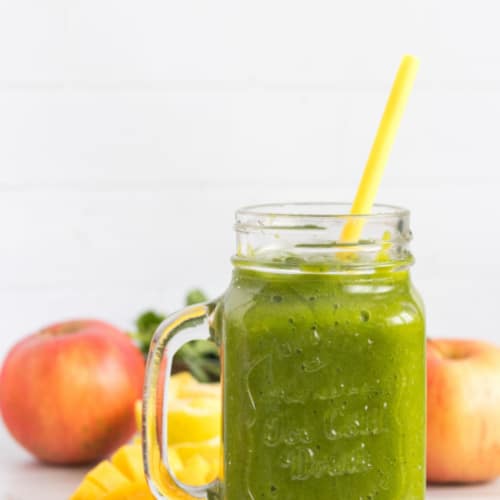
This recipe will relieve your acid reflux discomfort plus give you a boost of energy.
Ingredients:
- ½ bunch of parsley
- 2 small pears
- 1 coconut
- ¾ cup mango
Tips:
- Cut off the stems of the parsley before blending;
- Core the peer;
- Use the meat and water of the coconut;
- Peel the mango;
Berry Mango Smoothie
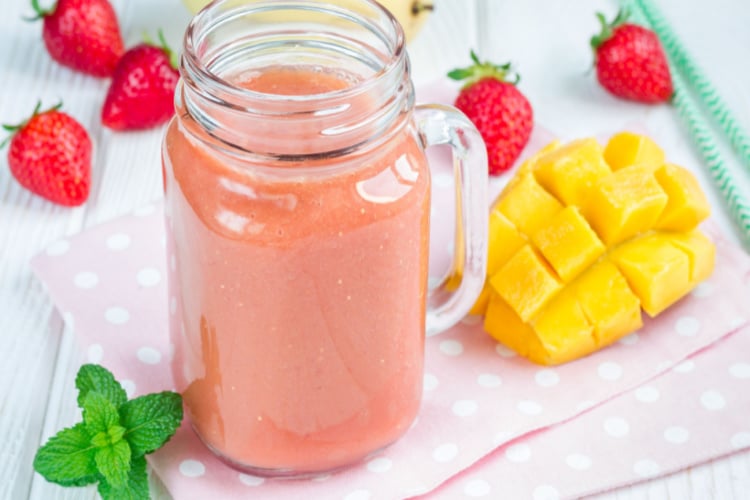
We saved the best for last — a mighty combination of powerful ingredients equals balanced body pH levels.
Ingredients:
- ½ cup of mango
- ½ cup of berries
- 1 banana
- A handful of spinach
- 1 tbsp peanut butter
- 1 cup almond milk
Tips:
- Use organic peanut butter;
- Blackberries and blueberries are ideal for this recipe;
- If you want the smoothie to be thick, switch to frozen mangoes or add a couple of ice cubes;
Final Thoughts on Mangoes and Acidity
Who does not enjoy mangoes? This yellow, pulpy fruit with a sweet and sour juice is one of the most adored fruits on earth. It’s obvious why it’s referred to as the “King of the Fruits.”
And fortunately, mangoes are generally safe to consume for people suffering from acid reflux or GERD. Ripe mangoes are nearly neutral (pH of 5.80 — 6.00), as opposed to green mangoes (pH of 3.40 — 4.80) and dried ones (3.17 — 3.68), which are both a bit more acidic. Maleic acid, tartaric acid, citric acid, and oleic acids are the culprits behind this fruit’s lack of alkalinity.
Having said that, eat this fruit in moderation—no more than a cup each day. Limit your intake to two slices per day if you have heartburn, just to be on the safe side. It makes a delightful and nutritious snack and is a great addition to smoothies.




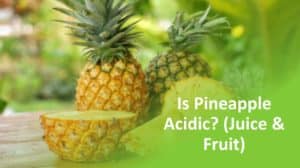
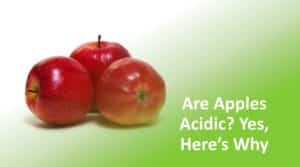
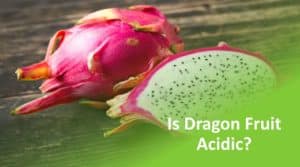
Your pH values for green and ripe mangoes are transposed. Check https://www.clemson.edu/extension/food/food2market/documents/ph_of_common_foods.pdf
For correct values.
Correct Joe, It was a mix-up.Thanks for pointing it out. We’ve made corrections and also referenced the above source.